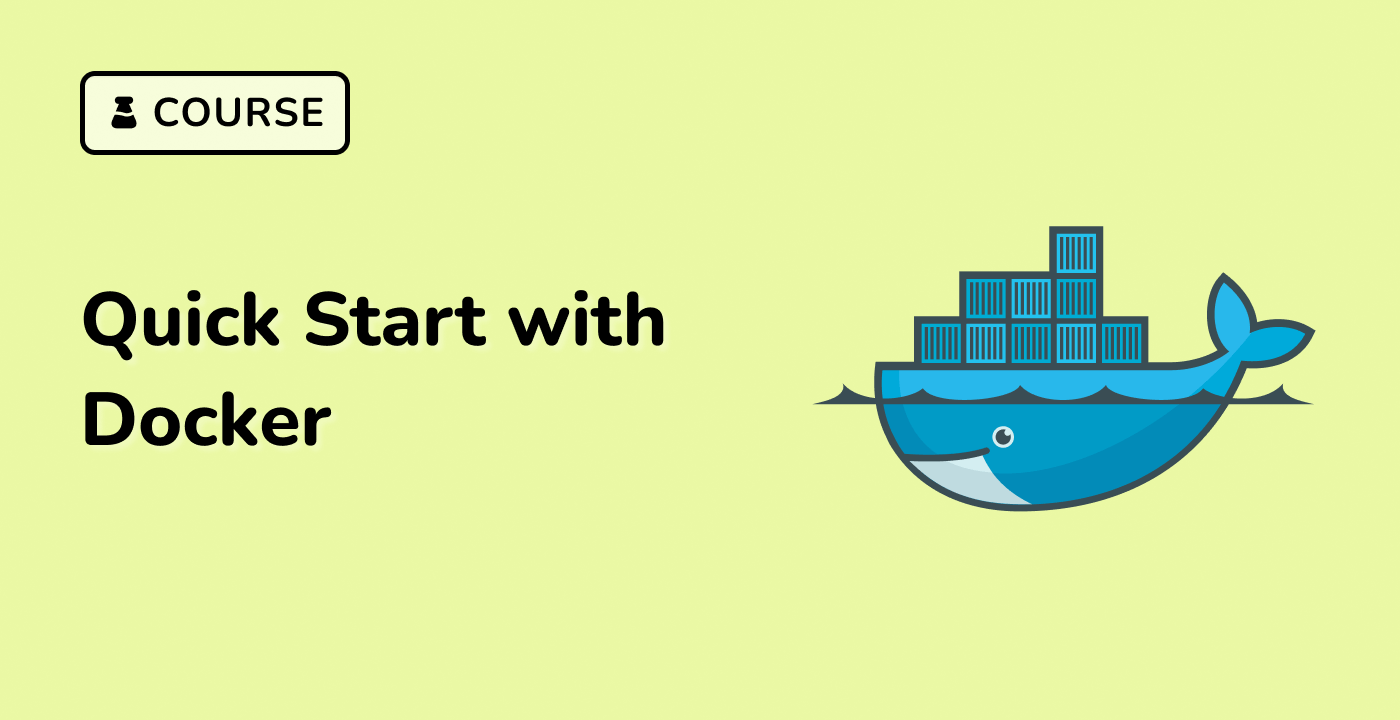Exploring Docker Container List
Understanding the Docker Container List Command
The docker container ls command is used to list all the running Docker containers on the host system. This command provides valuable information about the containers, such as their names, IDs, status, and resource usage.
Syntax of the docker container ls Command
The basic syntax of the docker container ls command is:
docker container ls [options]
The most common options used with the docker container ls command are:
-a or --all: List all containers (running, stopped, and exited)-q or --quiet: Only display the numeric IDs of the containers-f or --filter: Filter the output based on specific criteria
Interpreting the Docker Container List Output
When you run the docker container ls command, the output will display the following information about each running container:
| COLUMN |
DESCRIPTION |
| CONTAINER ID |
The unique identifier for the container |
| IMAGE |
The image used to create the container |
| COMMAND |
The command used to start the container |
| CREATED |
The time when the container was created |
| STATUS |
The current status of the container (running, stopped, or exited) |
| PORTS |
The network ports exposed by the container |
| NAMES |
The user-defined name of the container |
Here's an example output:
CONTAINER ID IMAGE COMMAND CREATED STATUS PORTS NAMES
a1b2c3d4e5f6 nginx:latest "/docker-entrypoint.…" 5 minutes ago Up 5 minutes 0.0.0.0:80->80/tcp my-nginx-container
Filtering the Docker Container List
You can use the --filter or -f option to filter the output of the docker container ls command based on various criteria, such as:
status=<status>: Filter by the container's status (e.g., running, stopped, exited)name=<name>: Filter by the container's nameid=<container-id>: Filter by the container's IDlabel=<label>: Filter by the container's label
For example, to list all stopped containers:
docker container ls --filter "status=exited"
Practical Use Cases for the Docker Container List
- Monitoring running containers: Use the
docker container ls command to quickly see which containers are currently running on the system.
- Troubleshooting and debugging: The container list can provide valuable information for troubleshooting and debugging issues with running containers.
- Container management: The container list can be used to manage and maintain the containers running on the system, such as stopping, starting, or removing them.
- Automation and scripting: The
docker container ls command can be used in scripts and automation tools to programmatically interact with and manage Docker containers.




